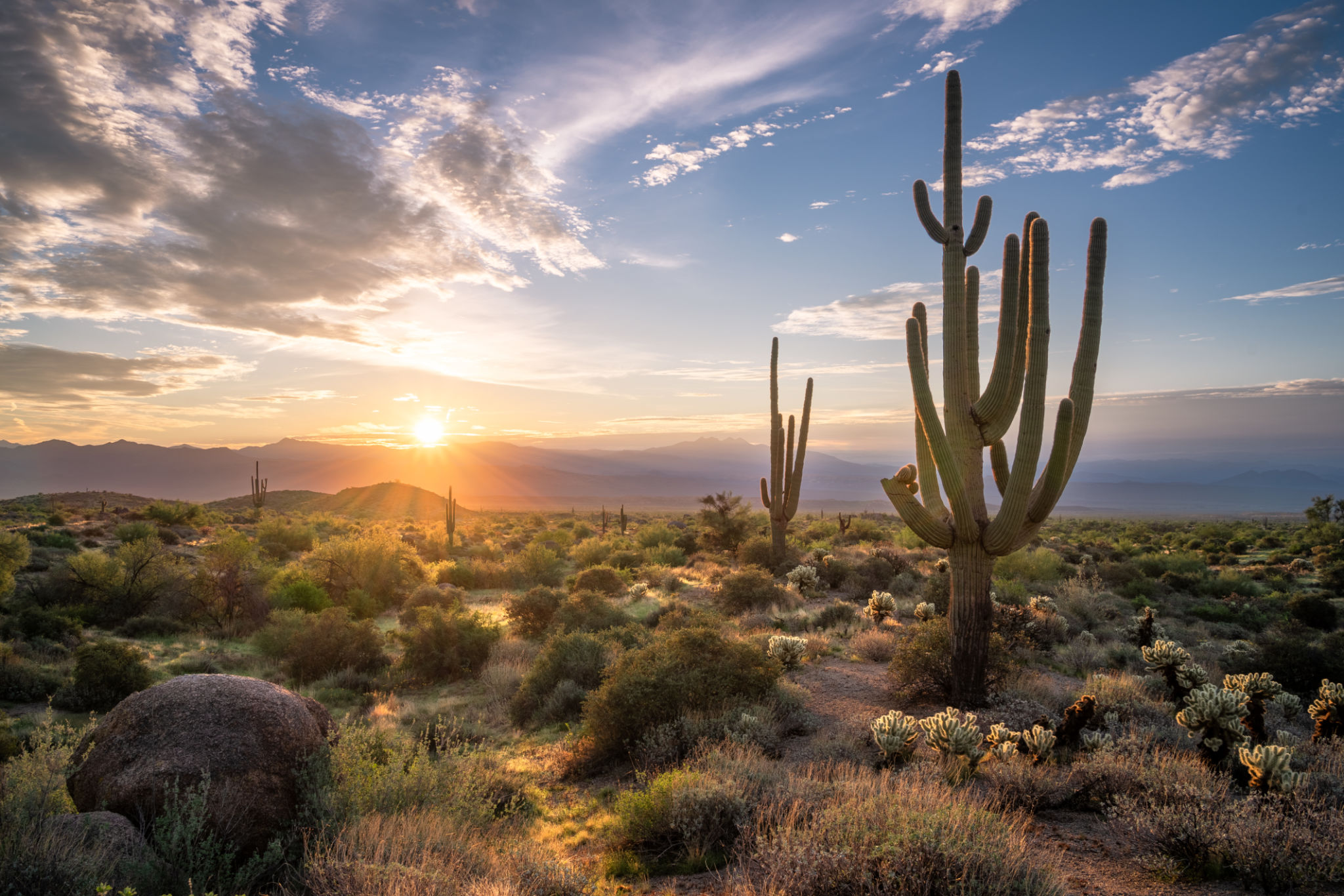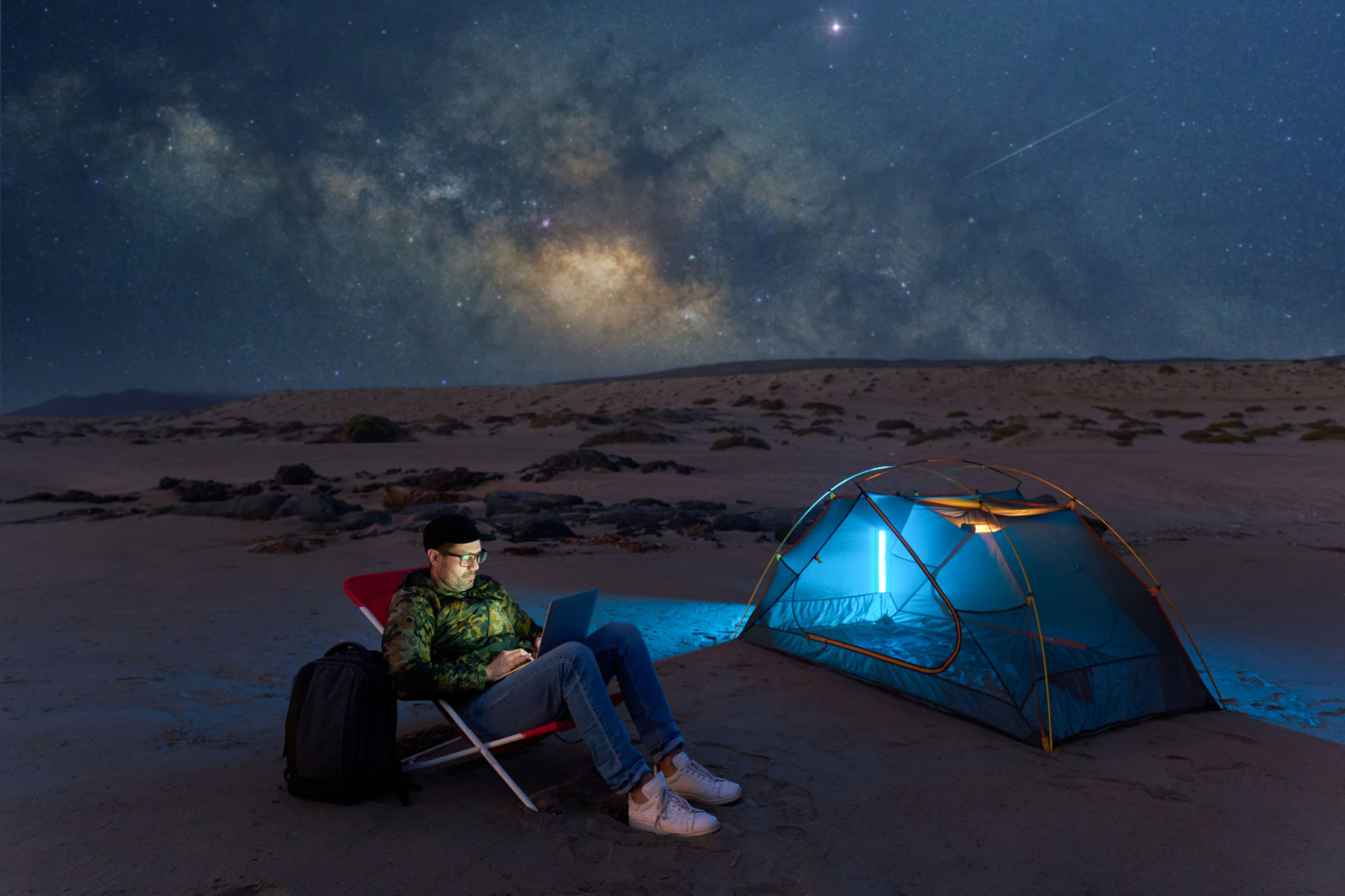Capturing the Desert: Photography Tips for Stunning Sahara Shots
Understanding the Landscape
Photographing the Sahara Desert presents an extraordinary opportunity to capture one of the most mesmerizing landscapes on Earth. The vast, undulating sand dunes and the endless horizons offer a distinctive backdrop for stunning images. However, capturing its true essence requires a blend of technique, patience, and a bit of creativity.

Before you set out on your photographic journey, take some time to understand the different elements of the desert landscape. Notice how the light changes throughout the day and how it plays off the sand's surface. The Sahara is a dynamic environment, and awareness of its subtleties can significantly enhance your photos.
The Magic of Light
The quality of light is crucial in desert photography. The golden hours—shortly after sunrise and just before sunset—are ideal for capturing the Sahara's warm tones and long shadows. During these times, the soft light enhances textures and colors, giving your photos a magical quality that is hard to replicate.
However, don't disregard midday shooting entirely. Although the harsh sunlight can create challenges, it can also produce dramatic contrasts that are visually striking. Experiment with different lighting conditions to discover what works best for your vision.

Composing Your Shot
Effective composition is key to creating compelling desert photographs. Consider using leading lines, such as the natural curves of the sand dunes, to guide the viewer's eye through the image. The rule of thirds can also help balance your composition by placing points of interest at intersecting lines.
Incorporating elements such as camel caravans, sparse vegetation, or distant mountains can add depth and context to your shots. These elements help convey the scale of the vast desert landscape and provide a narrative to your image.

Mastering Camera Settings
Choosing the right camera settings is essential for capturing detailed desert images. Use a small aperture (high f-stop number) to ensure a large depth of field, keeping both the foreground and background in focus. This setting is particularly useful when photographing expansive dune landscapes.
- ISO: Keep it as low as possible to reduce noise.
- Shutter Speed: Adjust according to light conditions; faster speeds for bright days, slower for low light.
- White Balance: Set manually to maintain accurate colors.
Experiment with different settings to find what best captures the essence of your scene.
Protecting Your Gear
The challenging environment of the Sahara requires extra precautions to safeguard your photography equipment. Sand and dust can be detrimental to cameras and lenses, so ensure that you have protective covers and cleaning kits on hand. Regularly check and clean your gear to prevent damage.
Be mindful of temperature fluctuations, which can affect battery life. Carry spare batteries, and keep them warm by storing them close to your body when not in use. This practice ensures that you're always ready to capture those fleeting desert moments.

